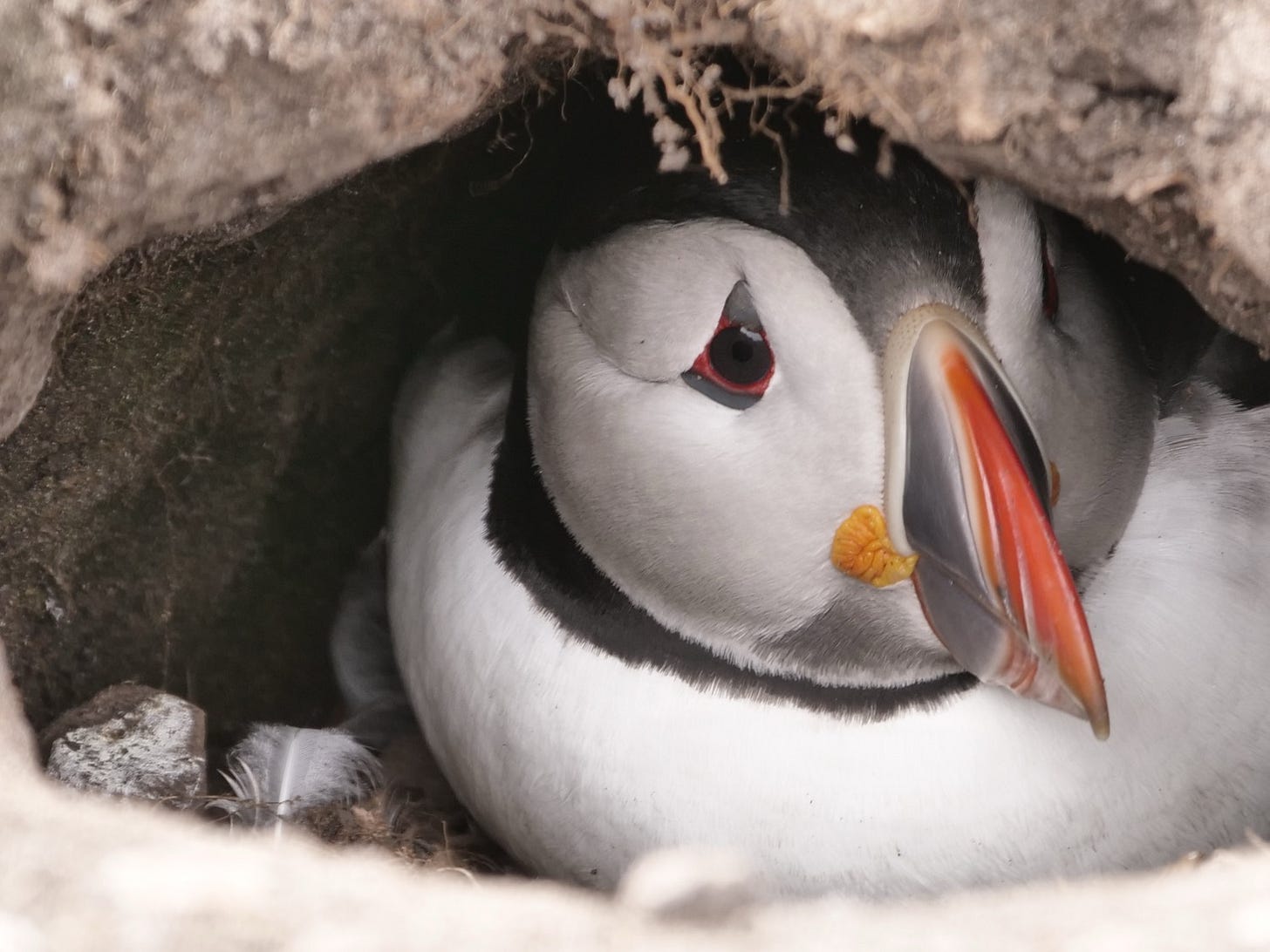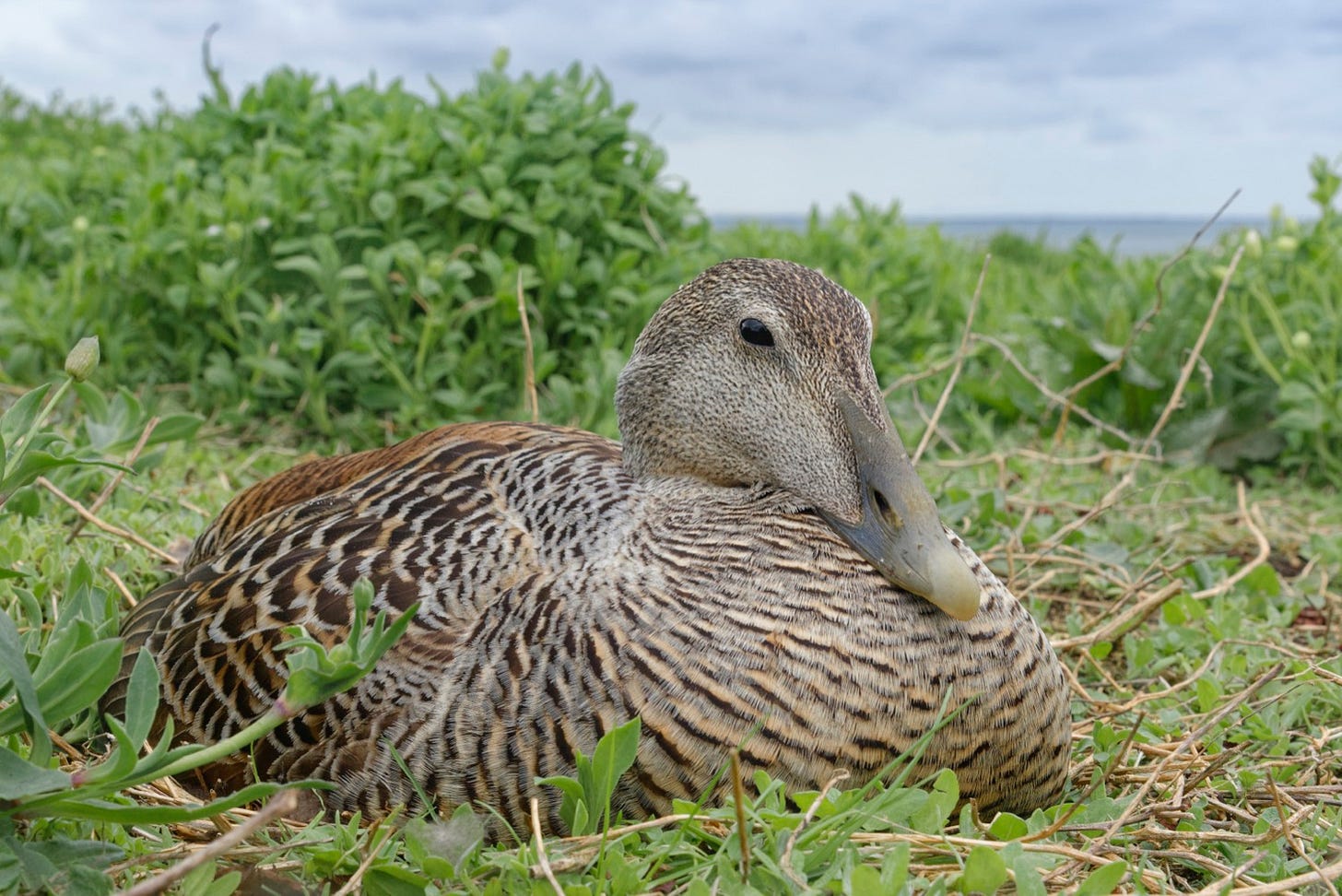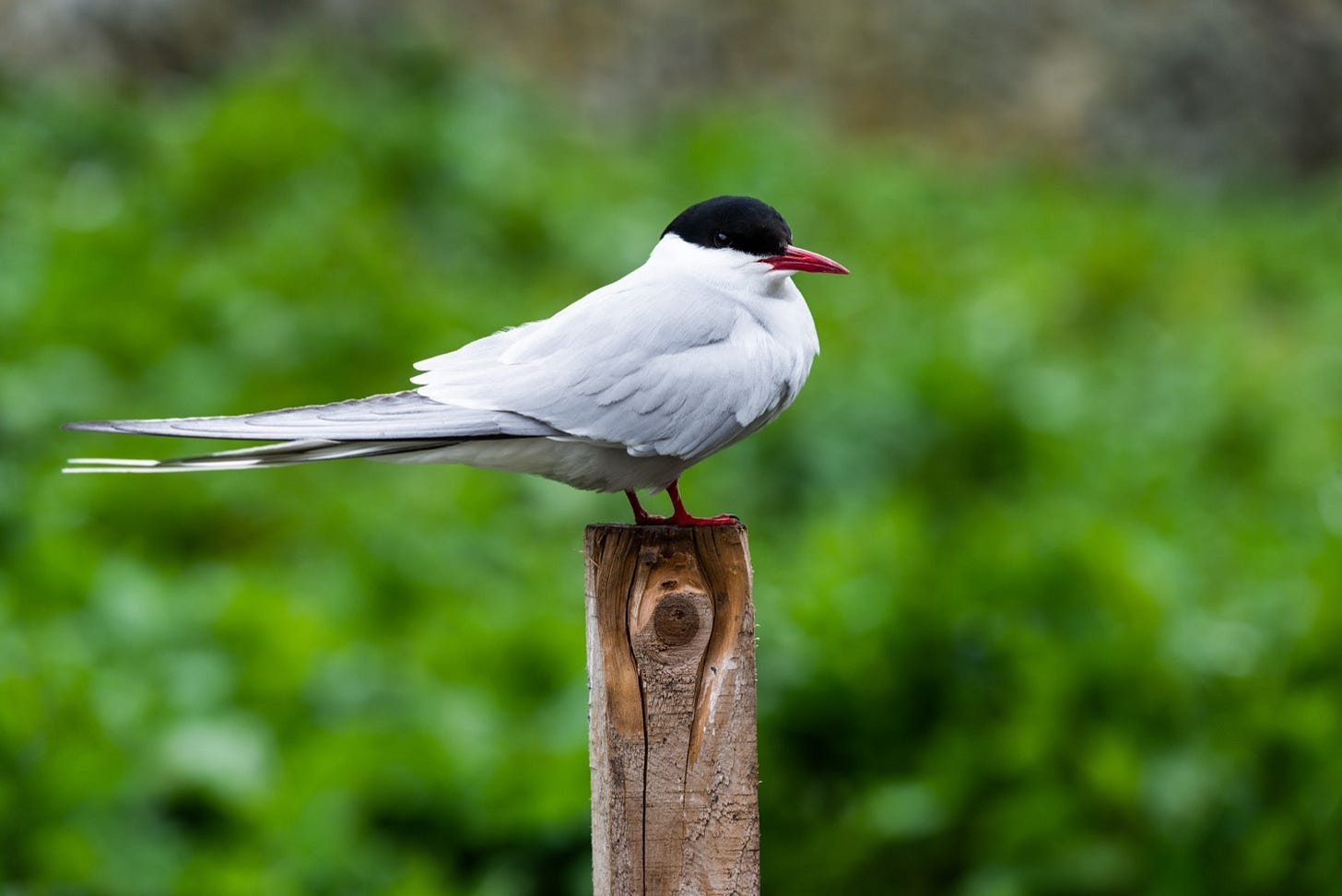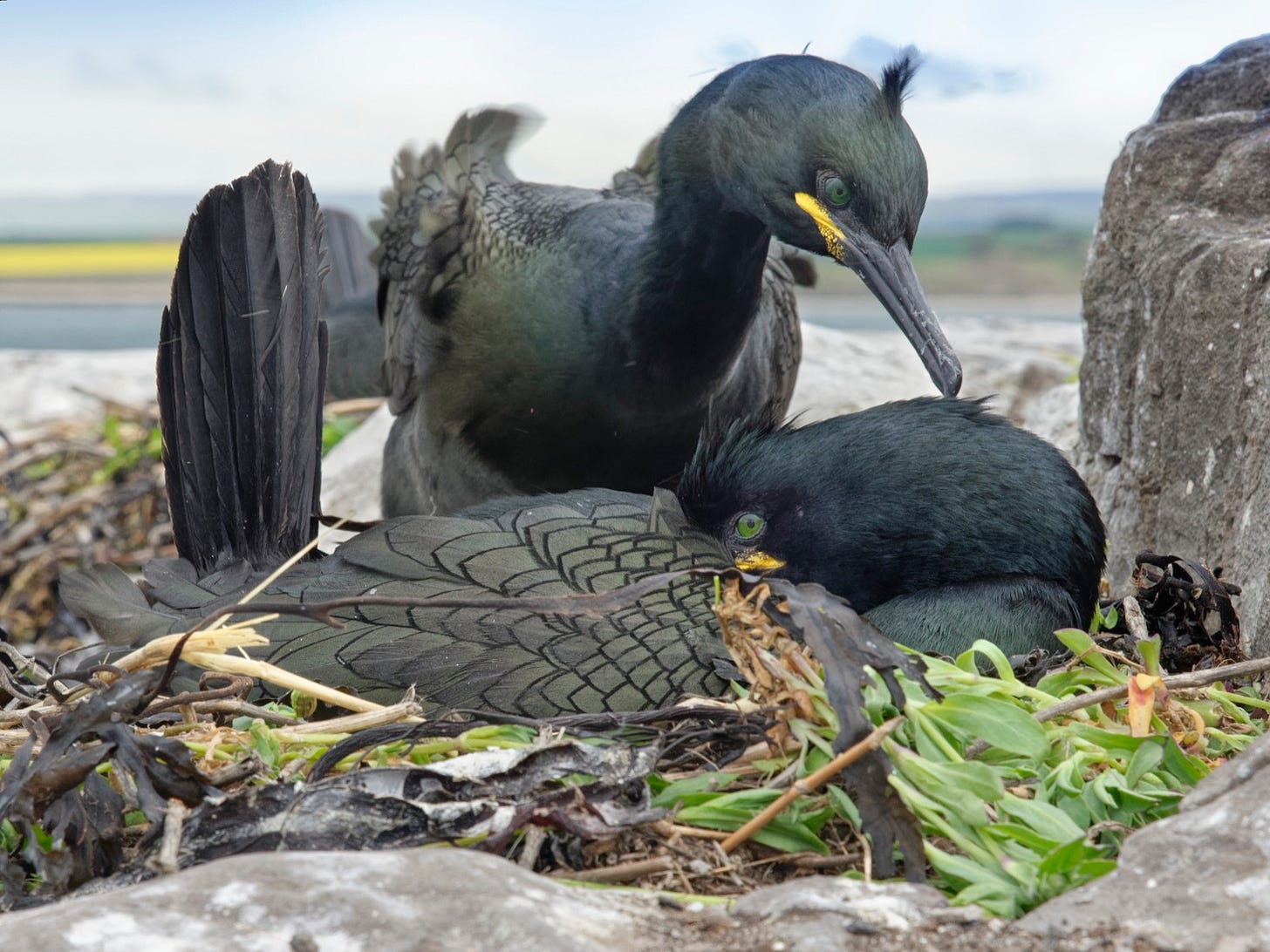New Farne Islands count shows sharp contrasts in seabird recovery
Latest figures from the Northumberland coast reveal fortunes of their internationally important birdlife. Tony Henderson reports
The annual birdlife count on the Farne Islands has revealed a picture of winners and losers.
This year’s count on the National Trust’s Northumberland islands, an internationally significant sanctuary for the 200,000 seabirds that return each summer to breed, was vitally important given the islands’ three seasons of closure between 2020 and 2024.
This was firstly due to Covid-19, followed immediately by bird flu, which saw 6,000 dead birds recovered from the islands, with thousands more thought to have been lost at sea.
Breeding pairs of puffins dropped 23% on 2024’s figures – 50,103 to 38,500 breeding pairs. But experts are cautioning against interpreting it as a sudden population decline, noting the need for long-term monitoring.
Ben McCarthy, head of nature conservation at the National Trust, said: “Counting puffins is a notoriously complex task. There is no single perfect method, and annual variations in survey conditions, puffin behaviour, and environmental factors all influence the count.
“The puffins, although impacted by the bird flu outbreak in 2022/23, were not as impacted as other species thanks in part to their naturally self-isolating behaviour of nesting in burrows and their regular burrow cleaning.
“To better ensure the accuracy of our data we will now reassess density areas every five years to better reflect the dynamic nature of the islands’ landscape.
“Soil erosion, driven by the expanding grey seal colony and extreme weather events such as Storm Arwen a few years ago, is reshaping puffin nesting habitats – making structured long-term monitoring more critical than ever.”
The Trust is implementing measures to deter seals from disturbing puffin nesting areas during their breeding season. These include the use of scarecrows, sound-based deterrents, and partial barriers positioned near high-density nesting sites.
The aim is to encourage seals to remain within their usual pupping areas, minimising disturbance to puffin burrows while maintaining a respectful balance between both species.
Sophia Jackson, Farne Islands area ranger, said: “We know puffins are facing challenges globally, from climate change to shifting food sources. What we’re seeing on the Farnes is part of a much bigger picture.
“This year’s census doesn’t necessarily mean puffins are disappearing overnight but it does reinforce the need for consistent, long-term data. That’s why we’ve moved to annual surveys. It helps us respond more quickly to changes and protect the birds more effectively.”
Surveys of other seabird populations on the Farne Islands have seen some species showing encouraging increases on 2024 figures, when a partial count was undertaken on some species due to bad weather preventing rangers from reaching all islands.
Northern Fulmar numbers appeared to more than double - from 106 to 235 nesting pairs. Common Eider numbers also saw a strong upward trend, increasing by over 50%.
Other species appearing to show positive gains include the Greater Black-backed Gull (up 100%), Herring Gull (up 58%) and European Shag (up 57%). Razorbills rose by 22.5%, while Guillemots had a modest increase of 2%.
Arctic Terns also saw a healthy rise, increasing by over 26% on 2024 figures, from 410 to 519 nesting pairs, a welcome boost for a species that faces increasing pressure from climate change and food availability.
But other species struggled, including other rare tern populations with Common Tern numbers appearing to fall by half (10 to 5 pairs). Rangers have also expressed concern about Sandwich Terns following an early nest abandonment which prevented an accurate count, although some birds were spotted on nearby Coquet Island later in the season.







